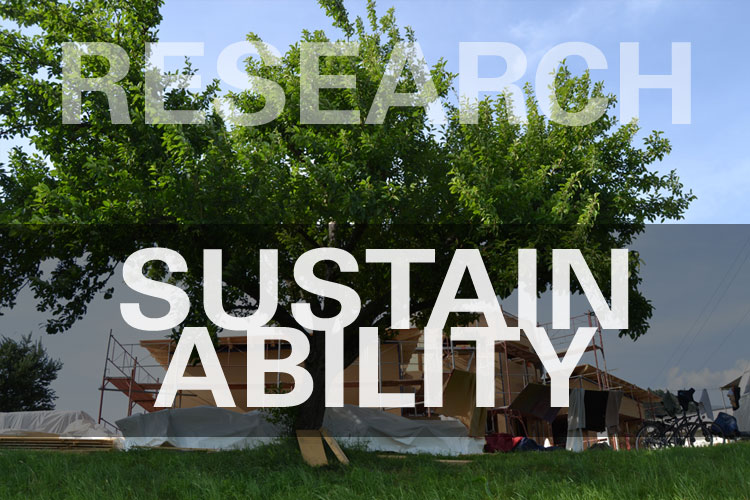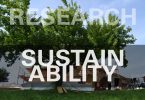As the effects of global warming and the exhaustion of natural resources become more and more evident, the importance of low-impact construction alternatives is becoming increasingly apparent. Conventional construction not only irreversibly drains natural resources; it is also responsible for the great amount of energy consumed in the production of building materials. Natural renewable materials that offer low-impact, low-embodied energy construction alternatives have promising potential for the construction industry. This thesis provides an insight into construction with natural materials, with particular emphasis on straw bale construction, by undertaking an embodied energy analysis. Firstly, the existing published sources were studied to obtain the embodied energy values of various construction materials relevant to conventional residential and straw bale construction. The embodied energy values for straw bales were found to have great variation from source to source. To obtain the value appropriate for the Canadian situation, the analysis completed in this thesis utilizes published material on straw and biomass. Secondly, a comparative analysis of embodied energy for various wall systems was completed.
This analysis proves that straw bale construction is an effective low impact alternative to conventional residential construction styles. In particular, the embodied energy of the straw bale wall section is six times smaller than that of the most common conventional construction style – wood-frame with brick siding. Finally, the component of the straw bale wall that has the highest embodied energy – plaster – was examined to investigate further reduction of the embodied energy of the straw bale wall. As a result of this investigation, it was found that the plaster mix containing increased amounts of cementitious materials (for example, equal parts of cement and lime) has a smaller embodied energy value.
The findings of this work can be utilized both in the conventional construction industry as a guide to making environmentally mindful decisions, as well as for natural building construction to further improve the performance of straw bale structures.
Author:
Offin, Maria


